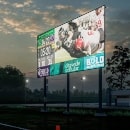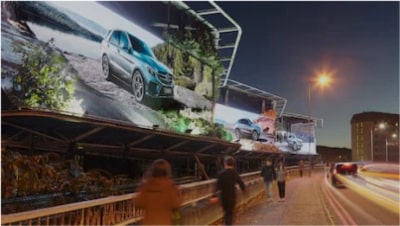What is a Diode?
You have a persistent, nagging question. You’ve found a lot of great information about light-emitting diodes (LEDs). You know how they work. How they can help your business. The facts and figures about their energy-efficient and vibrancy qualities.
But the question remains. What exactly is a diode, and how does it emit light?

Definition
Most simply put, a diode is defined by All About Circuits as “an electrical device allowing current to move through it in one direction with far greater ease than the other.”
The great thing about diodes is that, since they are supposed to only move electricity in one direction, if they aren’t connected correctly, they simply don’t work rather than shorting out. This means you don’t have to replace parts once everything is reassembled correctly.
Materials Used
Silicon is the element most often used to create a diode. Germanium is generally the other material of choice. Nikhil Agnihotri, in an article for Engineers Garage, writes that diodes are the “simplest two-terminal unilateral semiconductor device,” with the two terminals being the anode and the cathode.
Diodes are considered a semiconductor because silicon and germanium are elements that do not conduct electricity. However, according to Chris Woodford for Explain That Stuff, the silicon used in diodes has been altered by either adding or removing electrons in order to change the material into a conductor.
So How Do We Get Light Out of Them?
When diodes are used in LEDs, a piece of silicon with added electrons (called n-type) is joined with another piece where electrons have been removed (called p-type). Once the pieces are joined and electricity is added, the movement of electrons back and forth between the two creates energy visible as light.
How is This More Efficient?
In traditional incandescent lighting, illumination is created through heat. We are all familiar with bulbs and the filament inside of them. This filament, made of tungsten, is heated when electricity starts passing through the bulb. Once the tungsten reaches a certain temperature, it produces light.
The problem with this process is so much more heat was produced and shed from the filament than would ever become light. The result is a lot of energy going into the bulb that is never used.
Your Question AnsweredUsing a diode to create illumination results in a stable, efficient lamp that outperforms other options in terms of longevity, maintenance, and output.










